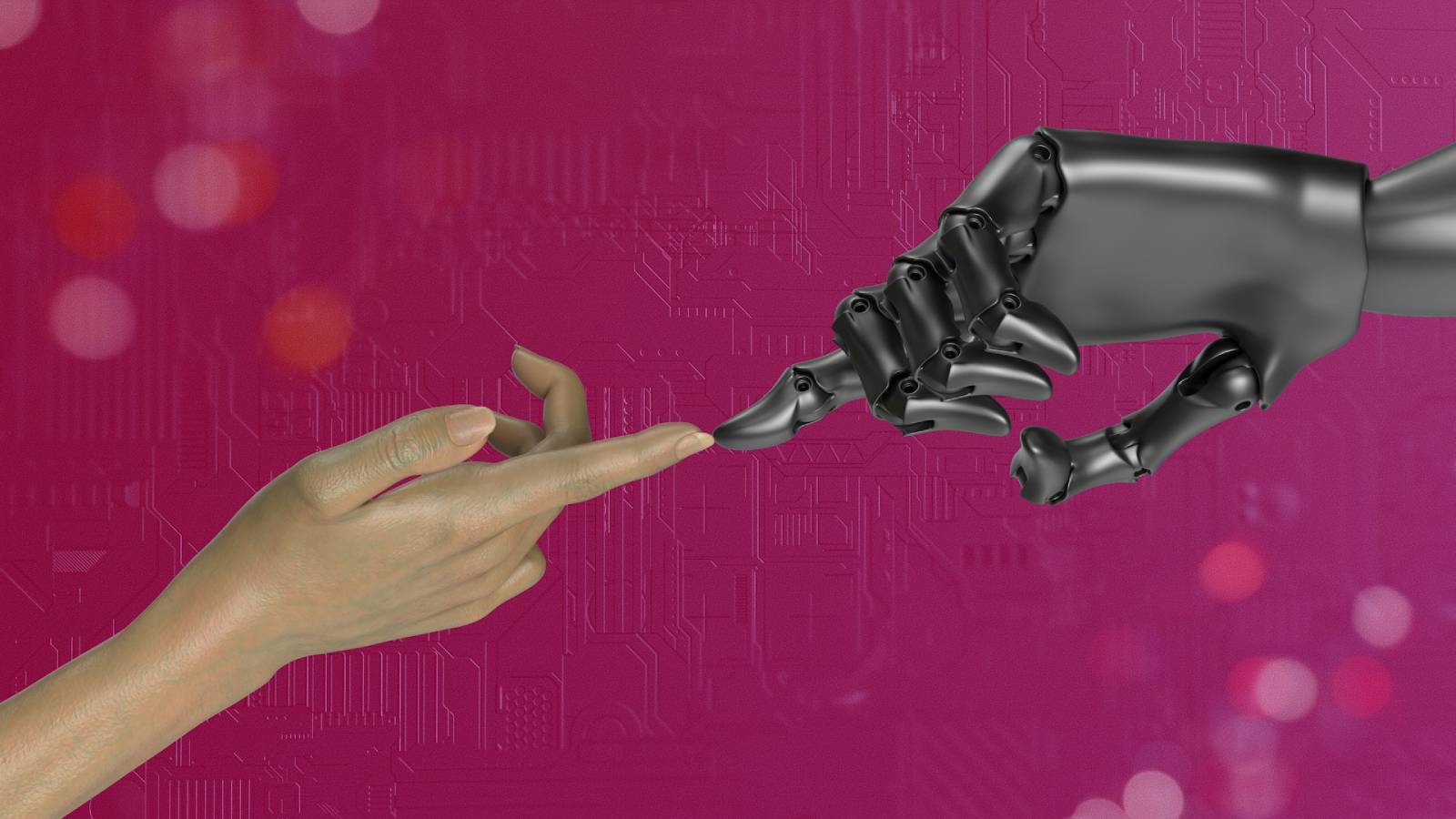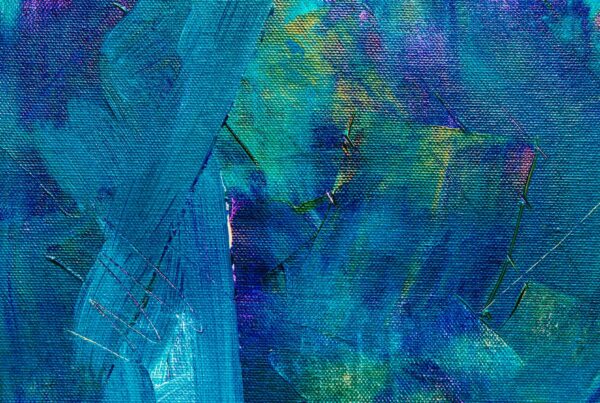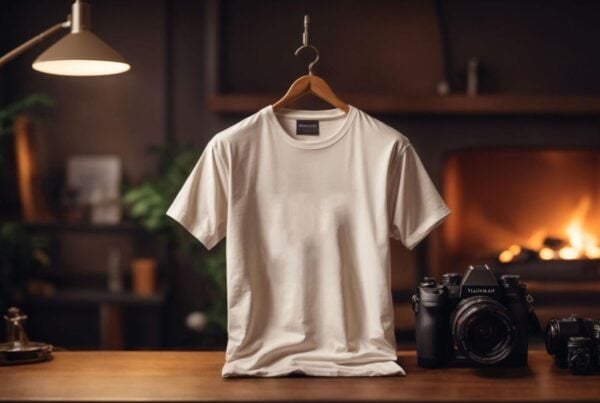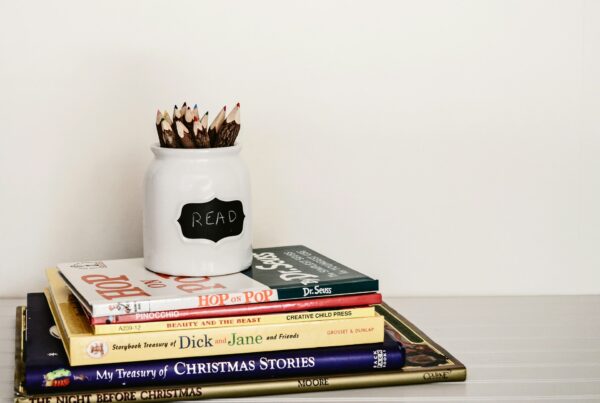Disclosure Sponsored Links: This post contains a paid-for sponsored link, meaning we have received compensation in exchange for including it. Sponsorship does not influence our content, but we believe in transparency regarding paid placements.
From the dawn of Man’s days on Earth, art has been a look at Man’s ingenuity and the course of our cultural evolution. In recent years, artificial intelligence (AI) combined with cutting-edge printing has completely reimagined the creative landscape. An example of such is text art, where text is used to compose nearly all the images and designs that appear visually stunning and intellectually engaging. Modern art and printing are pushing both the creative process and the end product in completely new directions as AI continues to open doors to possibilities we’ve not previously had the imagination for.
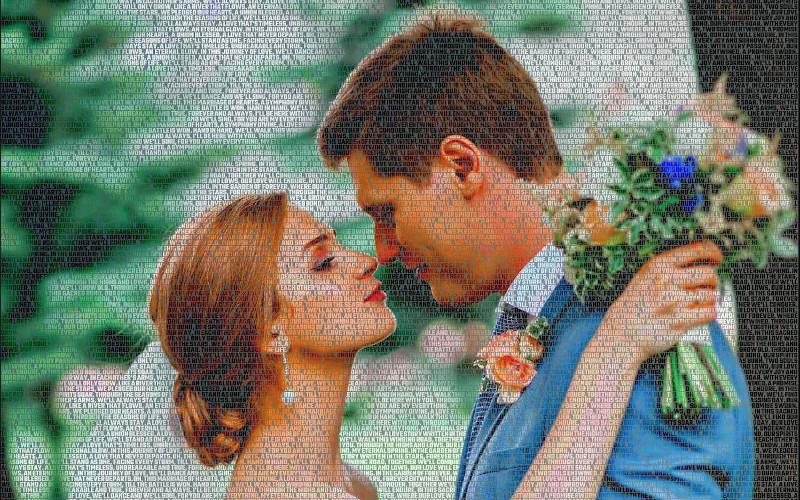
Table of Contents
The Role of AI in Modern Art
It turns out AI has become a powerful tool for artists, but with capabilities that are beyond imaginable at least to some extent. AI opens up a new way we can think and create, from creating intricately patterned typographies to deciphering the emotions of humans and converting them into a visual presence. To work with algorithms through our own human intuition and computational precision, artists can now collaborate.
In addition, one of the most powerful contributions of AI is that it is achieving the democratisation of art. Even those without traditional artistic training have access to incredible AI design tools like DALL•E, MidJourney, and Adobe Firefly to make their creations professional looking. Machine learning is utilised by these platforms to create art from textual prompts, speeding up and improving visualisation and execution for artists.
Curation and personalisation, too, are changing thanks to AI. AI can analyse data into art and personalise it so that the piece has a deeper emotional connection to the viewer.
Printing in Art: The Evolution
This is thanks to modern technology in printing. Recently advanced techniques like 3D printing and digital printing have broadened artists’ potential to create.
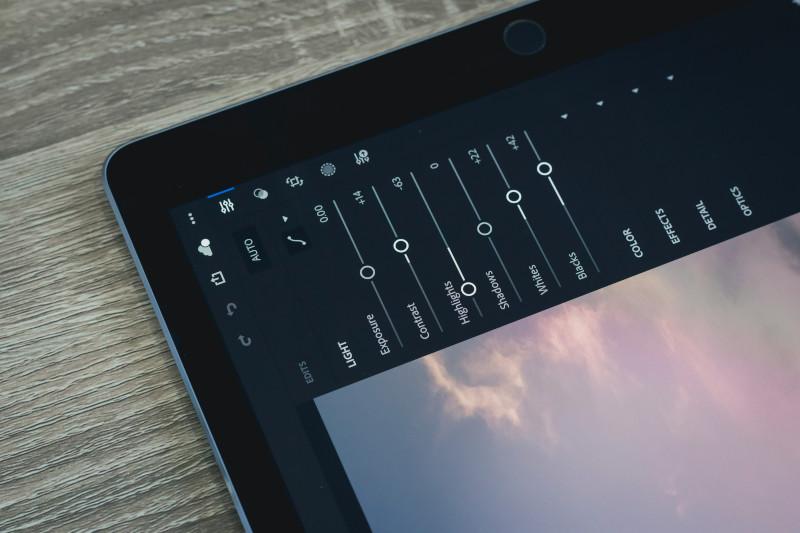
- 3D Printing in Art: Artistically will allow artists to create works of sculpture and installations with fine detail, which would have been impossible to do by hand before. Artists can utilise unconventional materials such as resin, metal or recycled plastics among other and in the process experiment with what the art can look like and alternatives or creative sustainable solutions to stasis and decline.
Digital Printing: More and more artists have found it easy to replicate and distribute their works through the use of high resolution digital printers, which provide greater precision and scalability. Today, artists now have an opportunity to spread globally with quality in place.
In addition to these technologies, eco-conscious art practices are supported in that these technologies reduce waste and allow the use of biodegradable materials.
New Design Techniques
Today modern artists and designers find ways to break the boundaries of creativity on new ways using innovative techniques. Here are five cutting-edge approaches reshaping the art world:
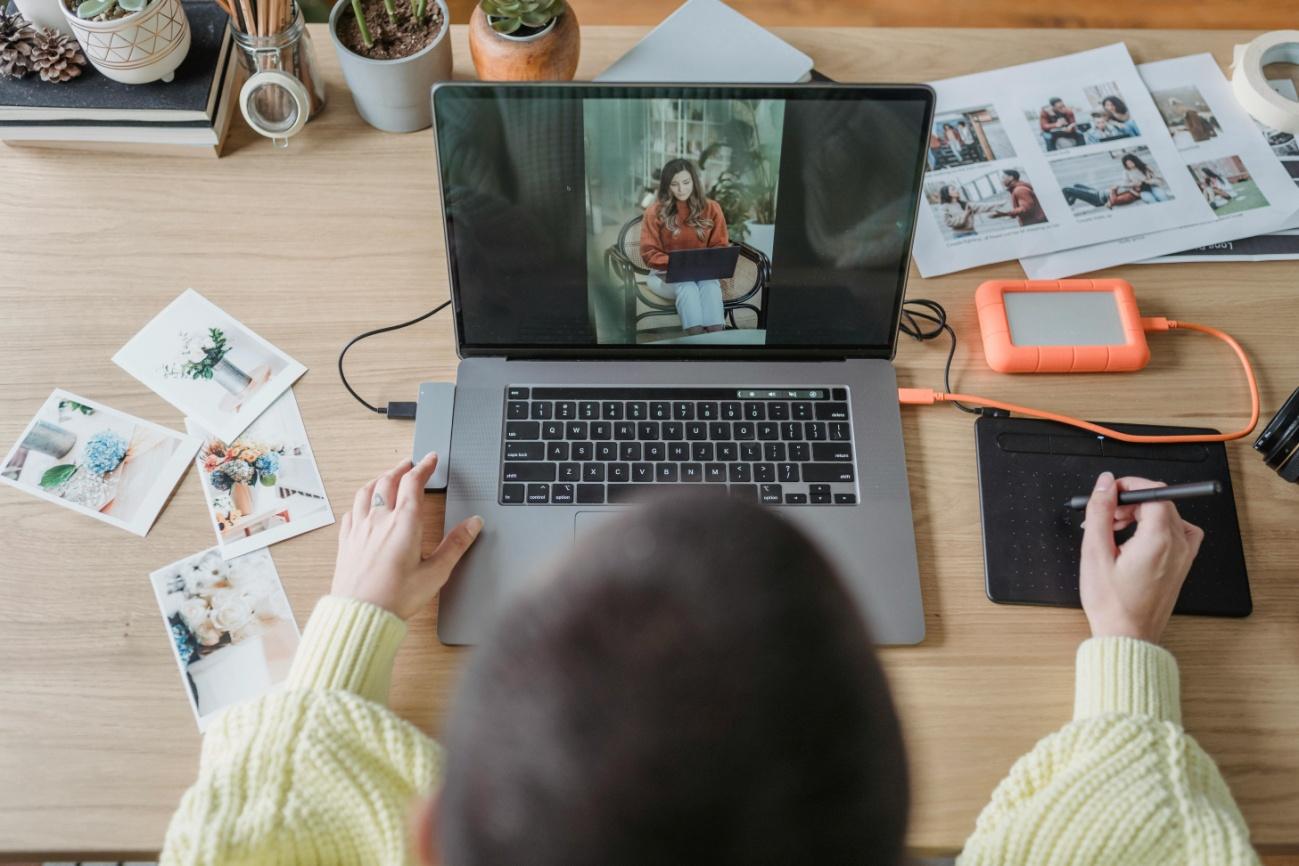
- Turning Pictures into Words: This technique known as Word or text art, uses algorithms to turn images into words, letters or phrases. As such, a blended and highly visual experience emerges, allowing viewers the option to relish in the image, or to peruse the embedded text.
- Generative Art: On the subject of algorithms, artists generate art using rules they’ve defined ahead of time. This can be abstract patterns, or highly detailed compositions. Generative art accepts randomness and often leads to unlikely, one-off pieces of art.
- Augmented Reality (AR) Art: The artists are using AR to bring an interactive touch to their work. The physical art itself appears enhanced with virtual elements, virtually overlaid on the physical art, to provide a more immersive experience through viewers’ smartphones or AR glasses.
- Data-Driven Art: By converting raw data into visual pieces in a meaningful way, artists create pieces that tell stories and/or extract information in visually engaging ways. Heatmaps, graphs, even interpretations based on emotional social media trends are familiar examples.
- Parametric Design: This technique proposes dynamic and complex structures created by algorithms responding to the variables, light, space and material properties. Widely used in architecture it has started to appear in modern art installations.
The Democratisation of Art
The role of AI in art and printing tech that drives them is exciting in its own right, but its role in making art more inclusive is even more exciting. These innovations take down entry barriers so even if you don’t have the skill or background to create great works of art, you can.
An example of photo editing tools that are user friendly AI platforms such as Canva or Figma, where the users don’t need to be a design expert to render a great design. In addition, print on demand services allow new artists to show and sell their art on a global scale without the help of the usual gatekeepers to the art world.
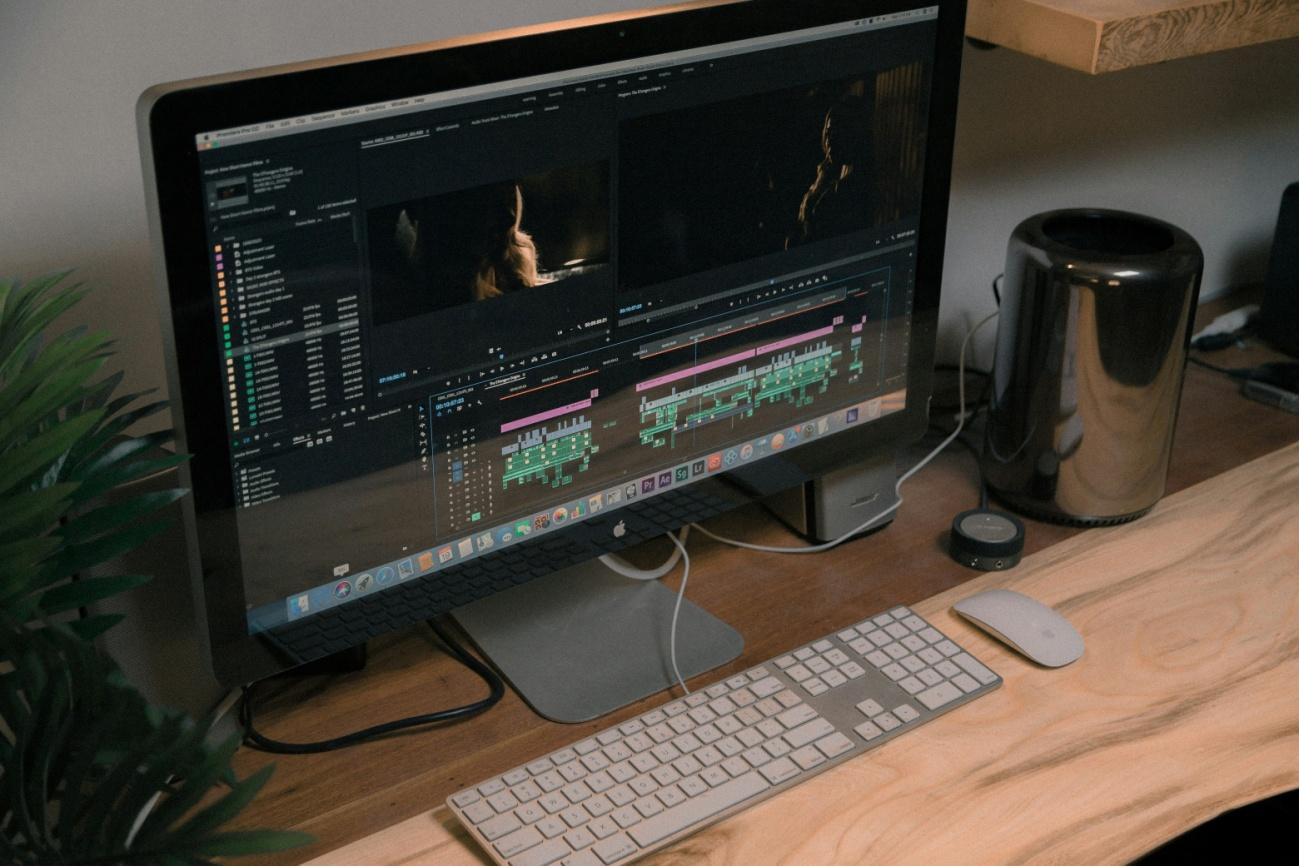
With art world embracing new technologies, sustainability is a big deal now. The printing techniques are AI optimised to use less material and allow environmentally friendly materials and inks. As artists work, they are also upcycling and recycling, and are turning discarded materials into art.
The rise of AI generated art has been debated how ethical, and how does that impact originality and intellectual property. And what happens if an AI creates a piece based on a prompt – whose rights do those belong to the artist? The programmer? Or the AI itself? This raises questions as to whether the current regulations and guidelines are up to date to move in this fast changing terrain.
Future of Art and Printing
Given that the future of art now seems more dynamic than ever because of AI and printing technologies becoming more advanced, there’s still much that can happen. At times a viewer will pass through, leaving your interactive installation content to adapt to their behaviour, or maybe we can even imagine personalised art pieces created in real time or have AI artists which develop their own unique and unique styles and portfolios.
Constant creativity and technology convergence brings lots of innovation. The challenges remain, but the possibilities of revolutionising the art creation, art experience, art distribution experience are undeniable.
Conclusion
AI combined with modern printing techniques is changing the art world in dramatic ways, empowering artists to work with previously unavailable tools in creative ways that reach a wider audience. These innovations can no longer be called ‘changes’ in making an art, they’ve redefined what an art can be from text art to 3D printing.
Also in an age of lightening-fast technological advances, art does not seem to have diminished as a powerful medium of exploring humankind. Instead, artists should embrace the new tools and techniques, so they can redefine boundaries and inspire those to come.




